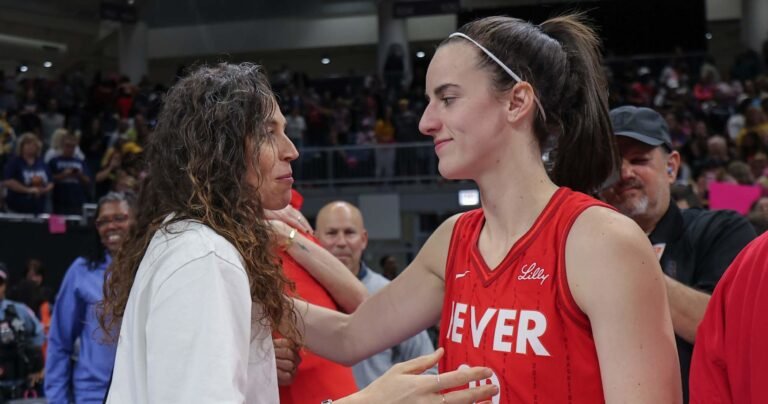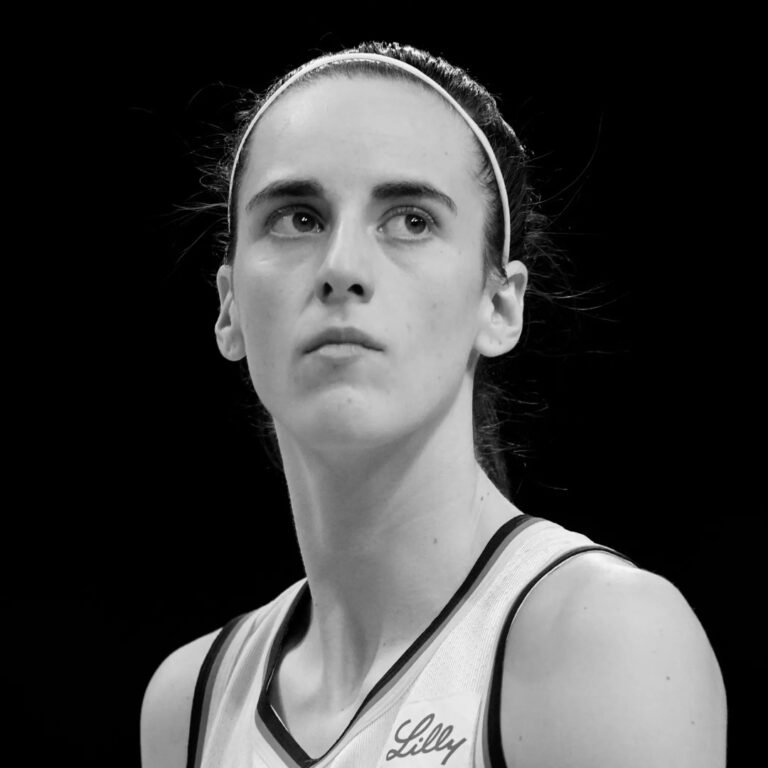
Basketball arena 3d; Shutterstock ID 467748716
The WNBA’s popularity has undeniably surged with the arrival of Indiana Fever’s Caitlin Clark and Chicago Sky’s Angel Reese. This influx of interest has fueled impressive growth, with sellout crowds, booming merchandise sales, and increased TV viewership. However, the league remains unprofitable for its investors. According to a report by Josh Kosman and Brian Lewis of the *New York Post*, the WNBA is projected to incur $40 million in losses for the 2024 season—an improvement from the previously anticipated $50 million deficit. The NBA holds a 60% stake in the WNBA, rising to 75% when accounting for shares owned by individual NBA team owners. A league executive mentioned that “the WNBA owes the NBA so much we won’t see any windfall for years.”
In 2024, the WNBA experienced a remarkable growth spurt, driven largely by Clark, Reese, and a standout rookie class. Viewership across ESPN networks surged by 170%, and the league achieved 154 sellout games—up from just 45 the previous season. Merchandise sales soared, with a combined increase of 601% between the flagship store and online sales. However, the league’s financial outlook is expected to improve, thanks to an 11-year, $2.2 billion media rights deal set to commence in 2026. This agreement is likely to boost annual media revenue by at least $100 million from the current $60 million.
Despite the promising developments, the impact of the WNBA’s collective bargaining agreement (CBA) and potential salary hikes on long-term profitability remains uncertain. Players are anticipated to opt out of the existing CBA by the November 1 deadline. For now, the hard truth is that the WNBA’s financial struggles persist.







